American Yellowwood

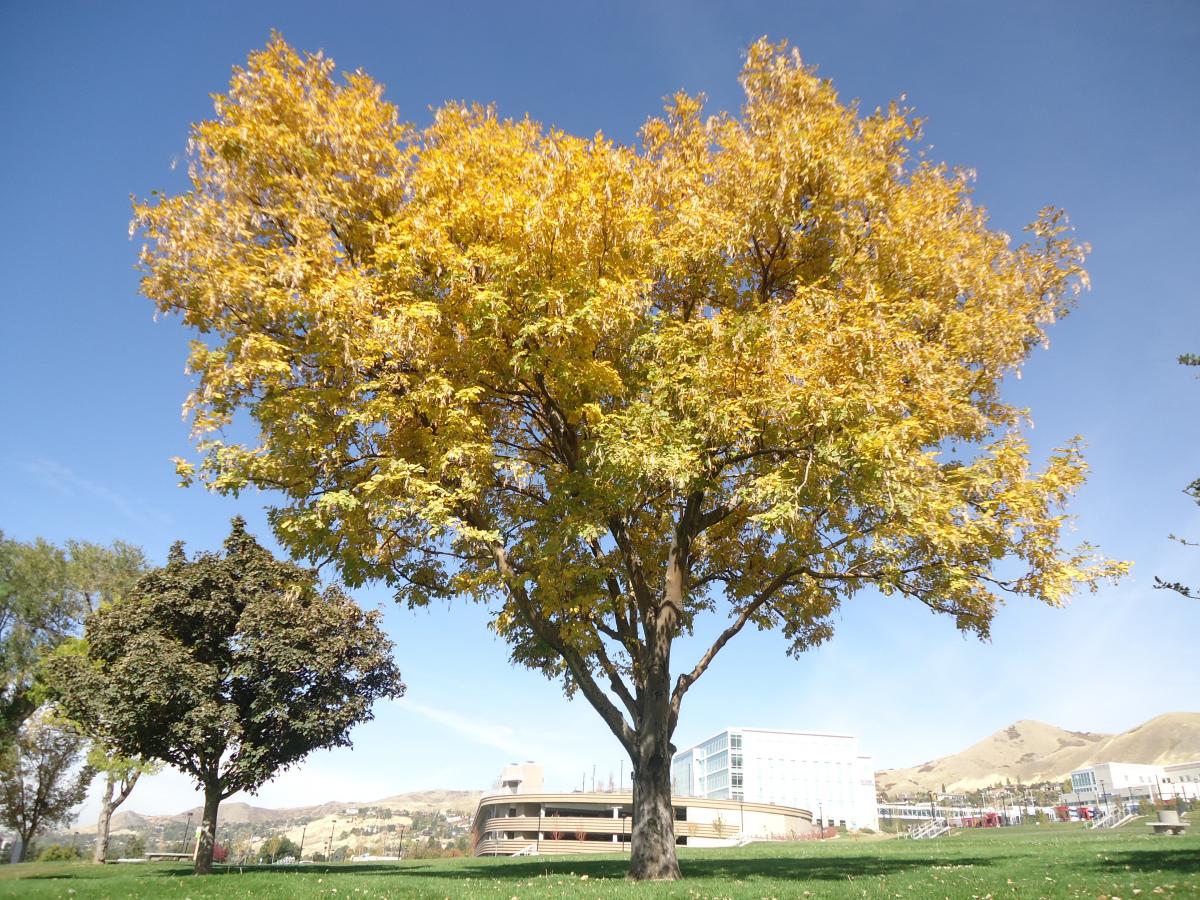
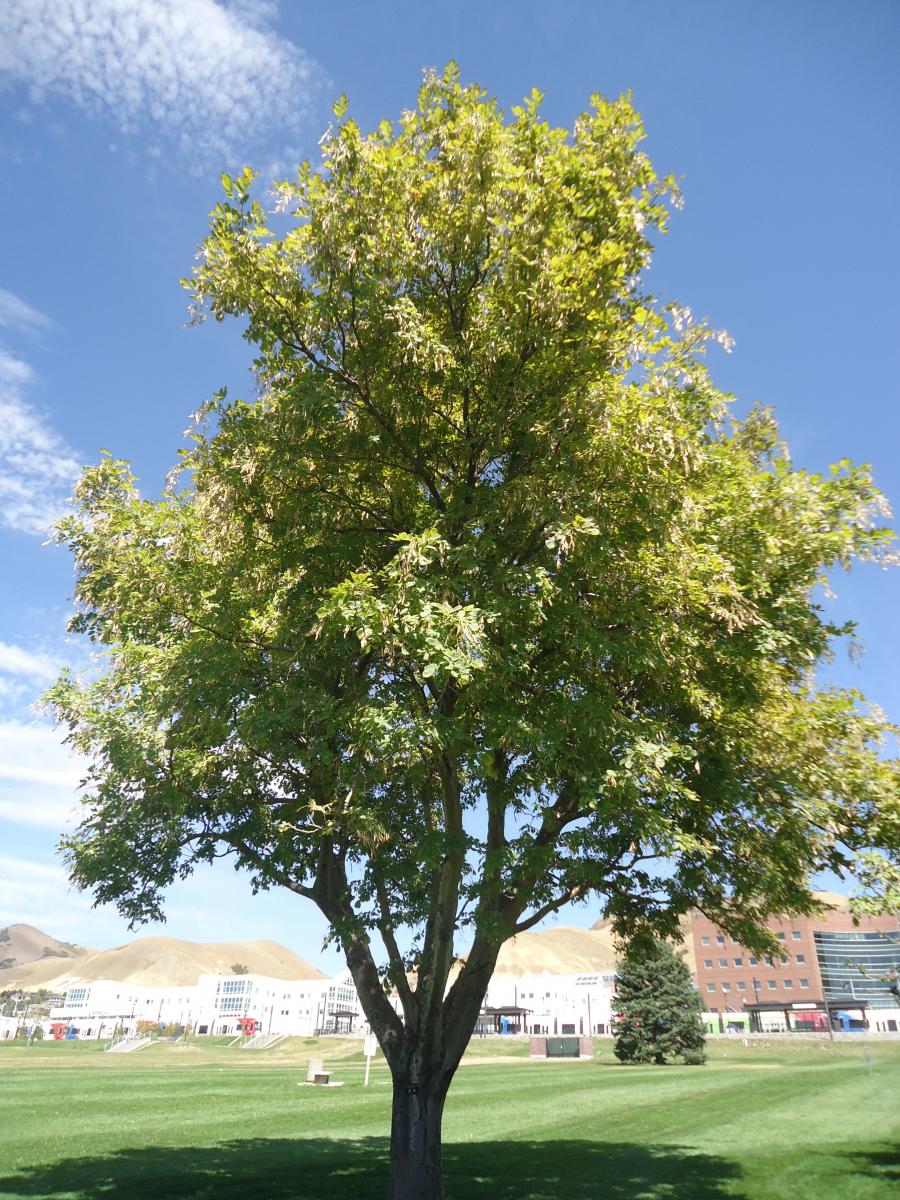

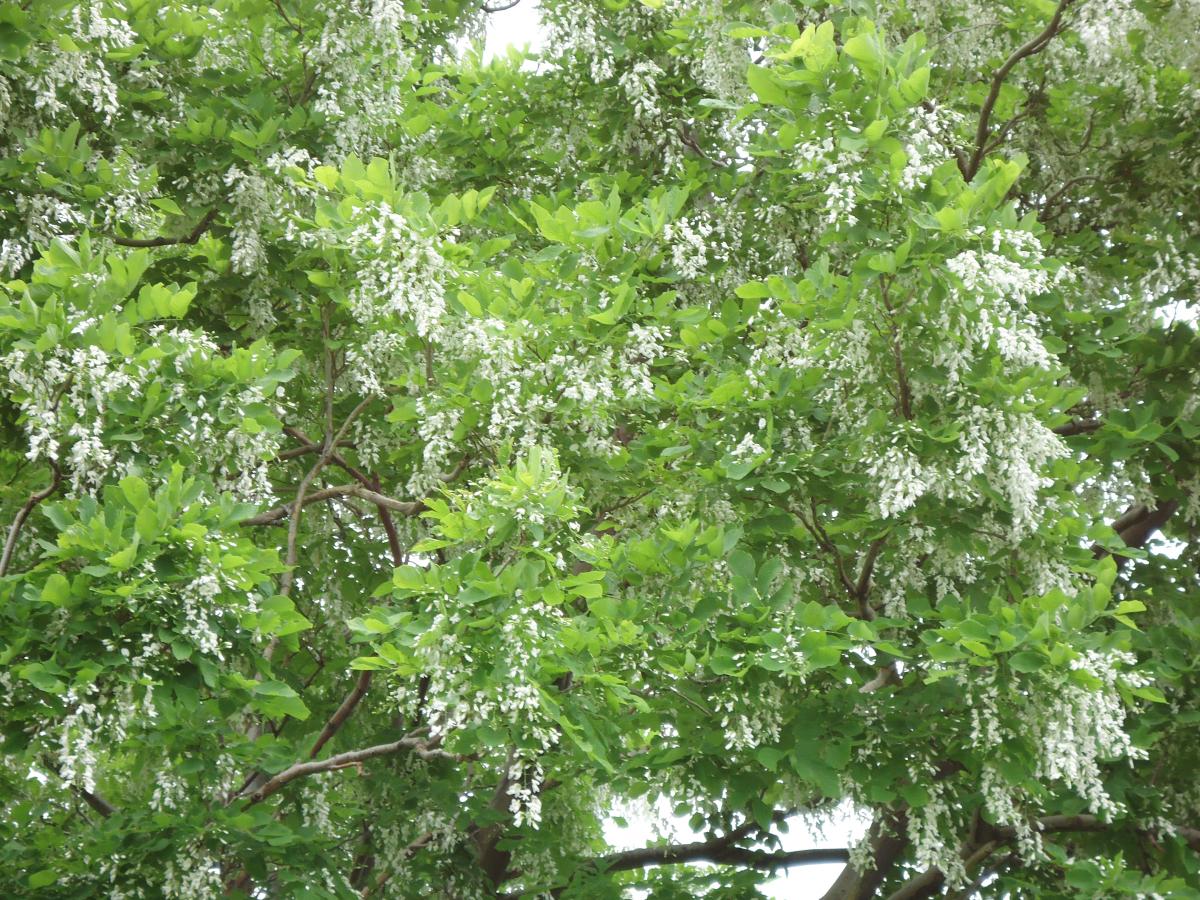
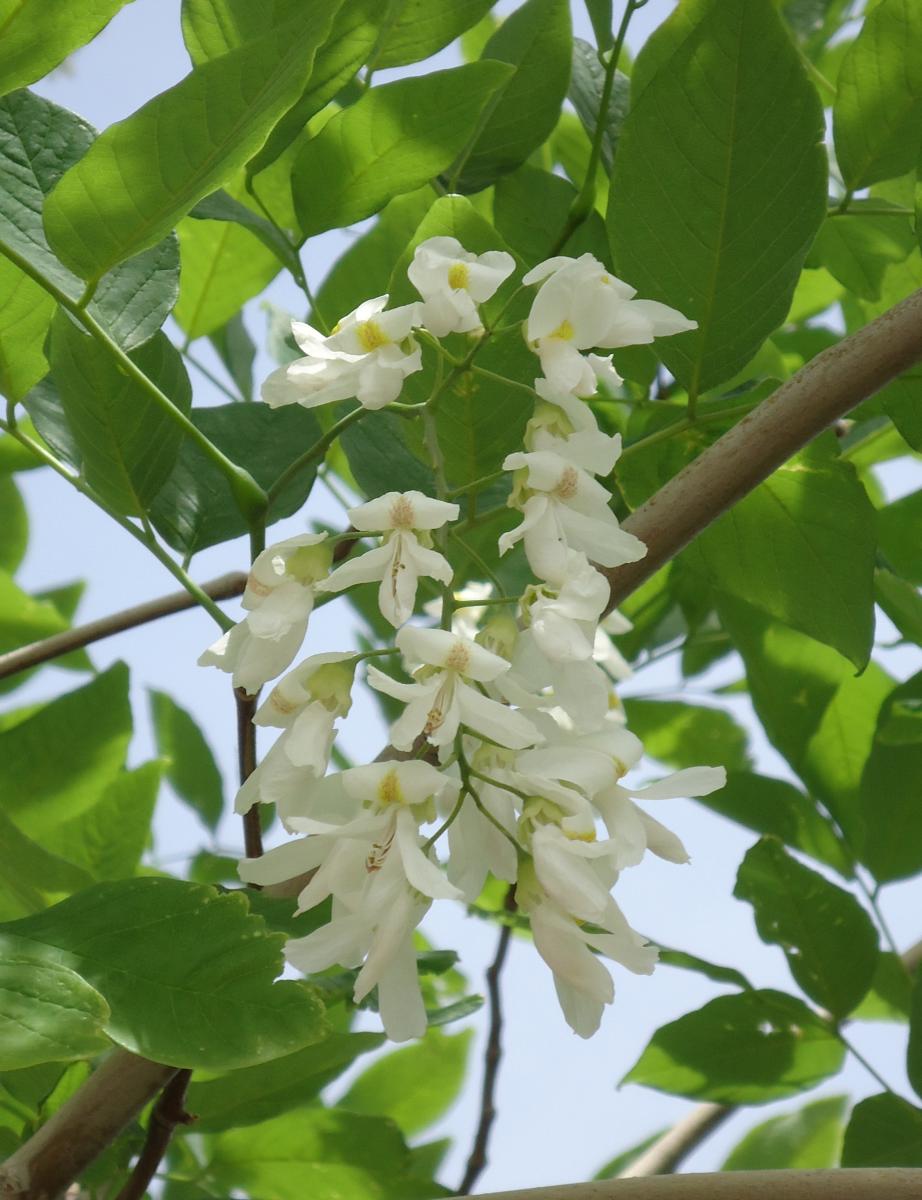
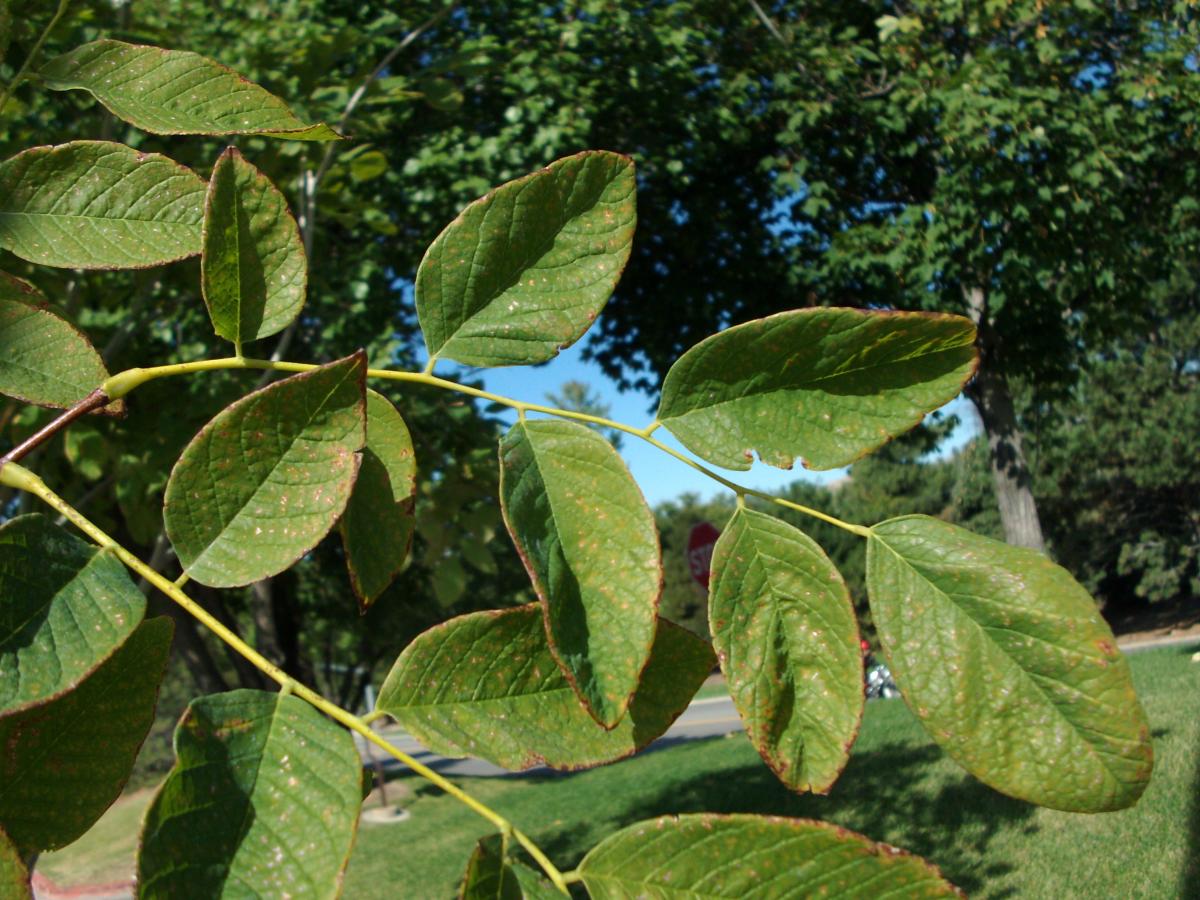
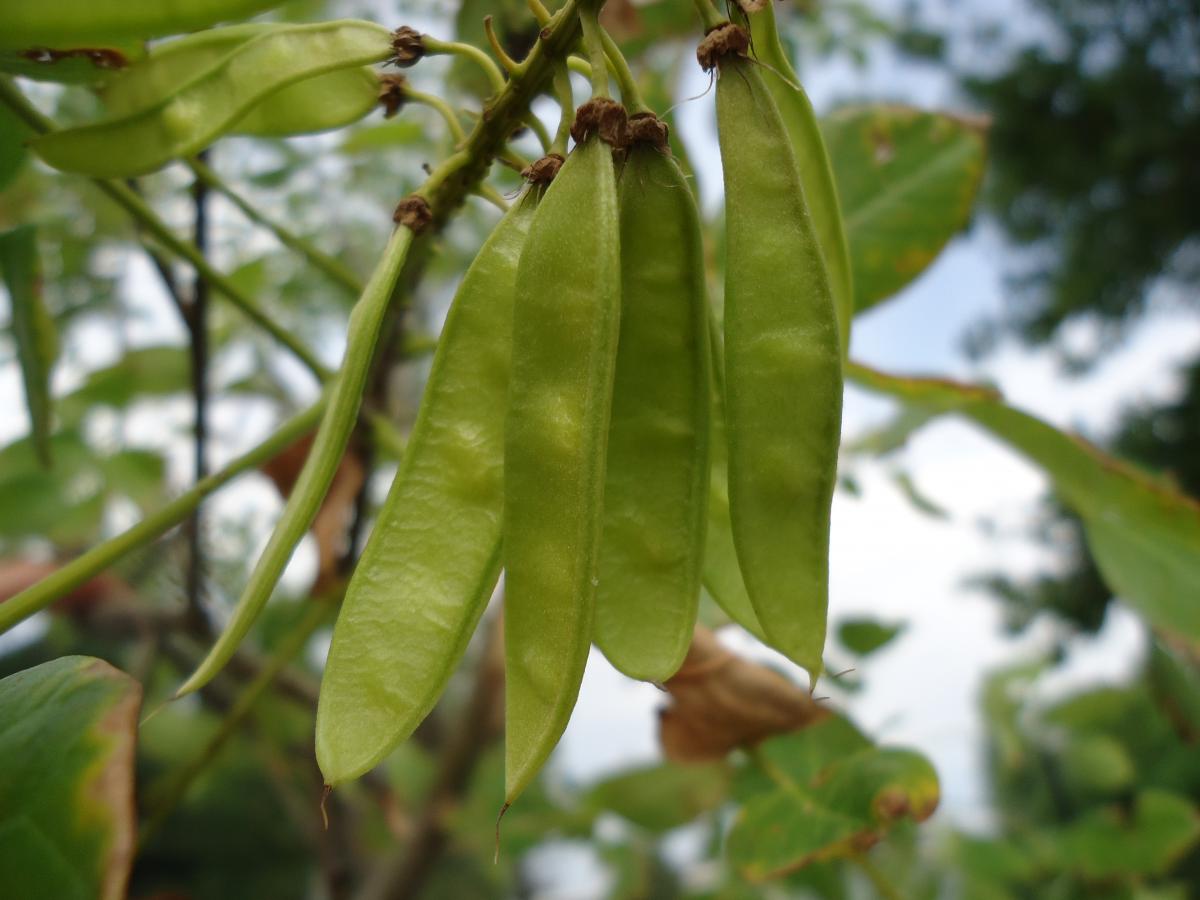
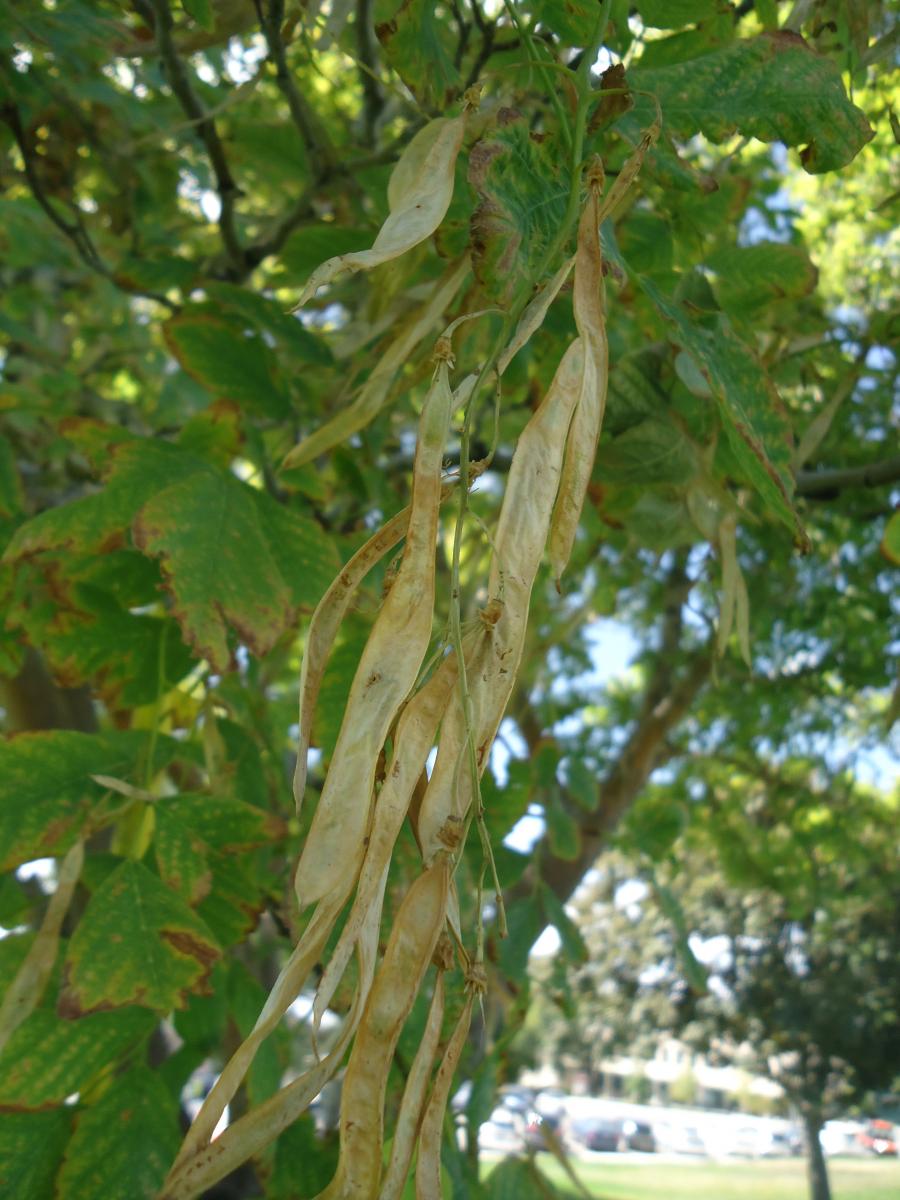

Cladrastis kentukea
Leaves: Deciduous. Entire compound leaf is 8 to 12 inches long, with usually 7 to 9 elliptic leaflets, each 2 to 3½ inches long. The broad, flat leaves have a smooth leaf edge and the tip of leaflet is pointed. Bright green color. Leaves turn yellow or sometimes gold-orange in autumn. Leaf stem (petiole) completely covers the bud.
Bark/Twigs: Smooth gray bark when young, becoming rougher with darker spots as it ages.
Flowers/Fruit: Fragrant, white, 1 to 1¼ inch long, wisteria-like or pea-like flowers bloom in long, drooping groups, 10 to 14 inches long, 4 to 6 inches wide. Blossoms appear in late spring or early summer (May to early June). Most trees bloom in alternate years or every third year, not every year. The tree also does not begin to bloom until it is about 10 years old. Fruit is a brown, 2 to 4 inch long, ½ inch wide legume pod. The flat pods taper to a point and contains 2 to 6, flat, ¼ inch round, brown, hard seeds.
Mature size and shape: Medium large. 30 to 40 feet high x 25 to 35 feet wide. Low branching tree with a broad, rounded crown and spreading branches.
General information/special features: Plant in full sun. Prefers well-drained, rich soil. Drought tolerant. Tolerates alkaline soils and urban settings. The name yellowwood derives from its yellow heartwood, used in small amounts for specialist furniture, gunstocks and decorative woodturning.
Landscape use and maintenance: Shade tree. Slow growing rate. Average maintenance. It also has brittle wood that may break in storms, so it should not be planted near a house or other structure. Any pruning should be done in late summer or fall or early winter, because the tree bleeds excessively if pruned during spring or late winter.
USDA Hardiness Zone: 4 to 8
Family/Origin: Fabaceae - Legume. North Carolina to Kentucky and Tennessee. Yellowwood grows naturally in the rich moist soils of hardwood forests, especially along stream banks, limestone cliffs, and valleys.
Campus Use: Somewhat uncommon. Can be found on the old golf course west of the Softball Stadium (Bld 109).
